Turn - Fruit Plant Submersion Pink Pink Plants. It is often referred to as a tinnitus, oat flux, terry, teren. The name of this barn shrub has Praslavyan roots and the "barley" sounds in translation. He is considered the father of all his beloved plum and has good nutritional and therapeutic properties. Since ancient times, the peoples prepared delicious wine and fragrant juice from its berries, and from leaves and branches - toning tea. The interest in this tree did not have ever lost. Turn can often be able to meet in the household plots, in parks, wild landings. This plant practically does not need care, while it is good fruit.
Description and grade Tern
- Thickets of the thorns can be met throughout the European continent, in North Africa, in Siberia. Favorite places of Tern - Hollow, forest edges, coasts of rivers and lakes, ravines. It quickly grows and soon forms impassable kurtins.
- Blackthorn - chaparral modest size. Its maximum height - 3 m Young shrubs are velvety shoots, bark at them differs dark red hue.. Blackthorn wood pretty strong, and its root system is deep and powerful.
- Blackthorn blossom precedes the opening of leaves. Flowers solitary, their petals are white and pink and bright yellow anthers, the amount of flowers - 2 cm in diameter.
- Blackthorn bloom profuse and prolonged. The peak flowering bush dresses lacy garments in the white color. Watch this marvelous phenomenon can be in April-May. At this point, the bees pollinate the flowers, so that the bush yields rich fruit.
- After flowering, the turn changes the white dress on bright green: dissolved crenate-serrated foliage that is mounted on short stalks.
- Bush fruits ripen in early September. As a rule, only 3-5 fruiting branches that are actively bloom in the spring.
- The fruit of the turn - round drupe with a bluish-black skin with a waxy coating. Fruiting occurs in the third year. The average yield per plant - 11-15 kg.
- Depending on the grade the fruit of the bramble have a different taste. Flesh is pale green, is easily separated from the dense bones.
Blackthorn varieties:
- Sladkoplodny TAA - fragrant dark blue fruit with a sweet taste without astringency;
- Zheltoplodny - flavorful flesh, painted in yellow color, sweet taste;
- Cross №1 - a shrub of medium size, black-purple fruits, sweet-tart, their average weight of 8 g;
- Cross №2 - round blue-violet fruit with barely noticeable tart aftertaste. The flesh is juicy, sweet and sour;
- Apricot - fruit delicate purple-crimson color with apricot flavor;
- Bayberry - fruit with purple skin and yellow flesh. They are sweet-sour, the tartness missing, aroma reminiscent of strawberries;
- Shropshire - a hybrid with fruits, taste, similar to honey;
- Prunes - blue fruit with yellow or red tint, sour taste in the measure;
- Garden №2 - excellent variety with fragrant fruit of spherical shape.
Growing thorns
To grow tasty thorns, you need to know a few rules. It is their we consider below.
Blackthorn, planting dates and site selection
- The best time of landing work - spring. Note, however, that to prepare a place for the thorn in the area must also fall to the soil in the pit properly established and settled. Make ash, compost, humus and a little urea. If the soil is acidic, lime addition is made, since the turn prefer a neutral pH level. Blackthorn good primer for clayey, dry, sandy, or even a little pickled.
- When choosing a place for planting, we can not worry about the abundant meltwater - bramble, they are not afraid. The only thing that should be excluded - heavy and overly moist soil that can cause frostbite rhizomes thorns. Even though vymerzshy shrub is easily restored.
- The right choice will be a sunny location where the soil nutrient, neutral, moderate humidity. Also permitted planting thorns in the penumbra.
planting thorns
- For planting is best to use the two-year items.
- Prepare a pit depth of 60 cm.
- For support at the center of fixed wooden stake.
- Since the turn is rapidly growing rhizome, pit shut slate around the perimeter.
- Some gardeners advise one week prior to planting pit at the bottom pour eggshells (they must first collect).
- In the pit poured prepared potting soil in a mound. It is made from garden soil, superphosphate, compost and dry potash fertilizers.
- Then the seedlings are immersed in the mound, straighten the roots and added dropwise.
- The root collar is left at 3 cm above the ground.
- Further tree trunks earth shield and the rim is carried out using copious irrigation with 30 liters of water. Then mulch the soil with humus.
- Upon completion of planting works sapling is tied to a pole.
- After landing his blackthorn shoots are pruned to ensure good rooting.
- If conducted group planting, seedlings observe distance between 1.5-2 m.
Care thorns
Care thorns rather modest. He, like other shrubs must be watered from time to time, crop, protect from weeds and do not forget about feeding. It is also necessary to harvest time. Cooking turn to winter is not necessary.
Watering and fertilizing thorns
- Initially, after planting in open ground, thorns watered weekly. After a couple of weeks, reduce watering to twice a month.
- When the young bush will begin to move into growth, and will get a lot of leaves, watering is minimized.
- Turn shows unprecedented drought-resistant properties, so in the summer it does not need to increase irrigation, and if it is often rained, it does not need watering at all. In the case of a long droughle, it is possible to carry out a one-time watering with a volume of 30 liters.
- In order for the harvest to be rich, the Turn is fed annually. Can be made to the rolling circle a bucket of humus.
Trimming Tern
- Until the movement of the movement of juice, early spring, the thorns branches are cut. Remove dried, broken, frozen branches.
- This shrub is inclined to thickening the crown, therefore conducting forming trimming. Young thorns leave several fruiting sprigs, and everyone else is ruthlessly cut under the root.
- Autumn trimming - forced measure, when part of the shoots are amazed by diseases or malicious insects. If it has a need for it, the branches are removed after the terminal will reset the foliage.
Collection and harvesting Tern
Torn leaves are harvested in the middle of summer, after flowering. They are used to prepare herbal teas, vitamin brave. They are dried outdoors and stored in linen bags.
The fruits are collected in September-October. On the day of harvesting should be dry sunny weather. Fruits are crossed, lay out on board boxes and stored indoors with good ventilation.
Pests and Terns
Territory owns good disease resistance. Only occasionally, the shrub is amazed by a gray rot. The fungus hits the pestle and spreads through the entire plant. As a result, the foliage is painted in brown, fruiting stops, and the preserved fruit cracks and rot. To cure the turn, it is necessary to make a fungicidal preparation. At the beginning of spring, when it is still cold, you can use the chorus solution, in warm weather - copper sulphate.
Dangerous pests of Tern - Colony of Tly. Insects feed on a plant juice, causing the deformation of the above-ground part and the yellowing of foliage. In addition, the TLA often transfers viral diseases that cannot be treated. To destroy the Tly, 2-4 treatments are carried out by one of these drugs - Aktar or Aktellik.
Reproduction of Tern
The thorn seeds will be multiplied:
- Sowing seeds are carried out in the first decade of September.
- The bone is extracted from the pretended fetus.
- Then the bone is planted on a depth of 60 mm, watered.
- If the landing of the bones spend in spring, it is necessarily stratified for a month in the cold.
- After planting, the surface of the soil is covered with a film, and after the appearance of sections, the shelter is removed.
- Two years later, searches can be transplanted.
You can also hold a shine of the Tern:
- In the spring, several cuttings cut off on the shrub. They should be 5 kidneys.
- Cuttings deepen into the fertile soil, fastened to the container.
- It is advisable to place the container in the greenhouse. If it is located outside, the cuttings are covered with a plastic cap.
- The cuttings often watered, feed during the summer.
- By the autumn, the cuttings are rooted and will become complete bushes that can already be transplanted into open ground.

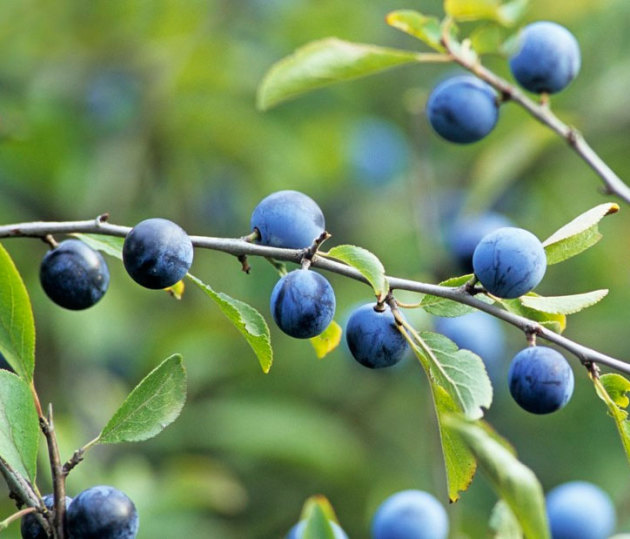
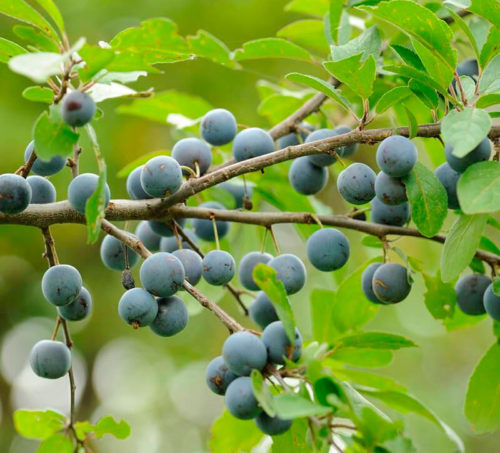
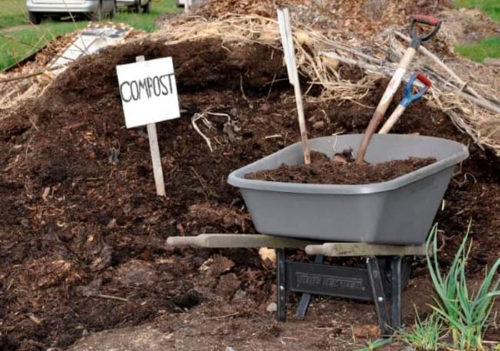

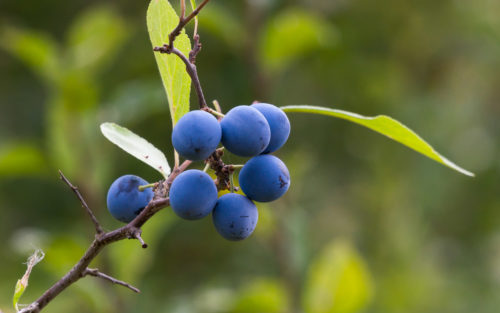
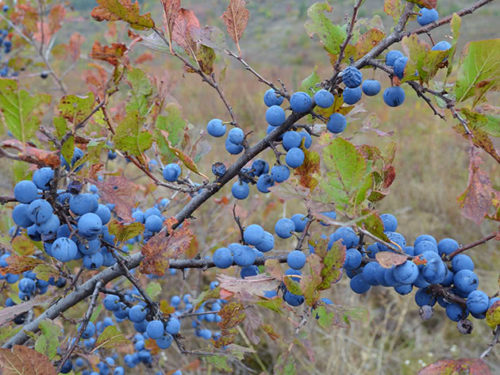

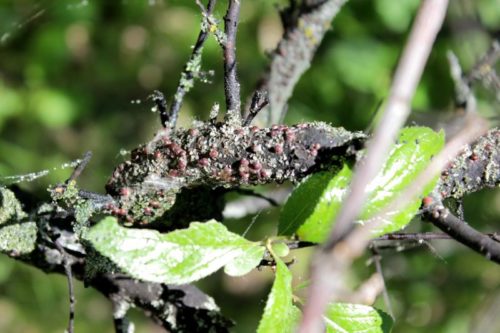
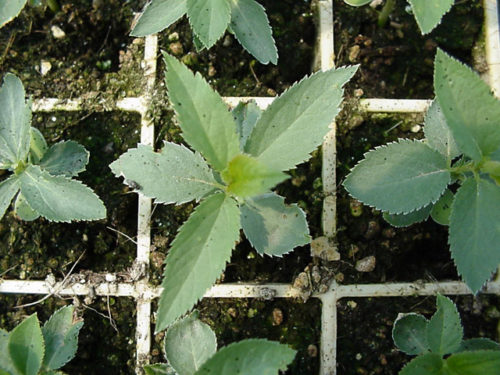
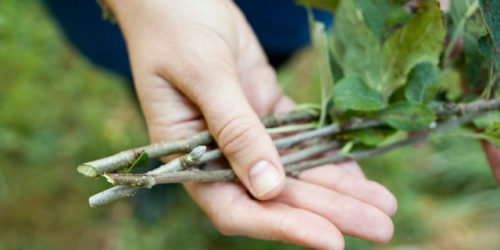

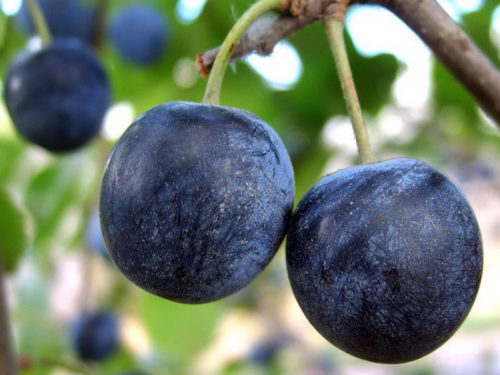
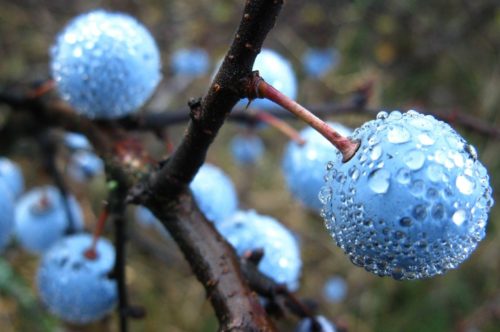












 Start a discussion ...
Start a discussion ...